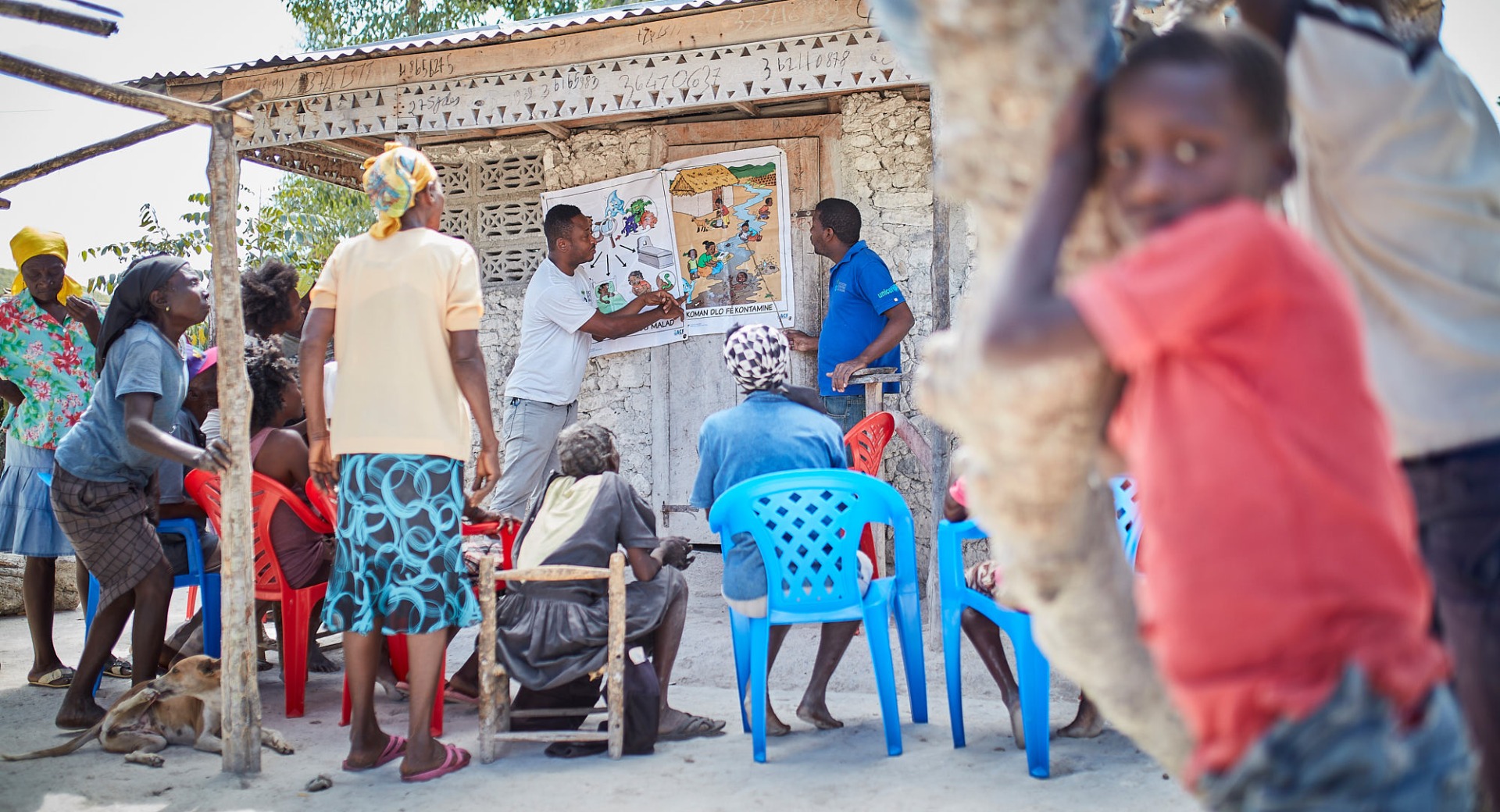(415) 300-0180

When a remote village in Brazil received $10,000 for a clean water project, something remarkable happened: each community member could track every dollar from donation to project implementation through their mobile phones. Meanwhile, smart contracts automatically released funds as local leaders verified project milestones. This isn’t science fiction—it’s the new reality of blockchain-powered charitable giving, transforming how we support remote communities.
Traditional charitable donations often lose value to high fees and multiple intermediaries. Transfer costs can eat up 5-15% of donations, with processing times extending up to 10 days. The complexity of verifying fund use and the lack of transparency in spending contribute to donor skepticism and community mistrust, leading to inefficient use of resources and delays in project implementation.
Smart contracts bring automation and transparency to charitable giving. They enable funds to be automatically disbursed based on verified milestones, simplifying compliance and reducing the chance of funds being misallocated. Conditions, approvals, and milestones are publicly recorded and unchangeable, assuring all parties that funds are released only when objectives are met.
Blockchain enables direct, near-zero-cost transfers that settle instantly across borders, supporting diverse currency conversions. By eliminating banks and intermediaries, blockchain empowers communities to receive funds directly in digital wallets, saving time and ensuring more of each donation reaches those who need it.
With blockchain’s real-time tracking, every transaction and milestone is visible. This public record allows donors, recipients, and communities to verify fund use, measure impact, and optimize resource allocation, leading to increased accountability and trust in charitable projects.
In Tanzania, a $20,000 solar power project faced costly transfer fees and a three-week processing delay through traditional channels. With blockchain, the transfer fee was reduced to $8, funds arrived on the same day, and progress was tracked in real-time. The result? Over 500 homes powered, 25 businesses launched, and 100% transparency throughout the project.
In Peru, a $15,000 blockchain-funded investment in a cooperative’s irrigation and training systems allowed 45 farmers to modernize operations. The funds were fully deployed within 48 hours, with automated milestone-based disbursements and community-verified progress, ensuring resources went exactly where needed.
Smart contracts in blockchain-based charitable projects manage fund disbursements, milestone tracking, and compliance. For instance:
// Example structure for a charitable project
contract CharitableProject {
address public donor;
address public community;
uint public totalFunds;
struct Milestone {
uint amount;
bool completed;
bool fundsReleased;
}
Milestone[] public milestones;
}In addition to contracts, blockchain projects implement verification systems using local validators, timestamped evidence, and GPS verification to ensure funds are used as intended.
Blockchain offers a level of transparency and real-time feedback that traditional methods lack, enabling donors to follow funds, verify impact, and witness the direct outcome of their contributions.
Communities gain fast access to funds, control over resources, and straightforward reporting mechanisms. With digital records and transparent processes, communities are empowered to manage and sustain their own projects.
Blockchain automates compliance, milestone tracking, and reporting. This reduces administrative burden, allowing project managers to focus on achieving goals and delivering impact.
To succeed in remote settings, platforms must ensure mobile compatibility, offline functionality, and simple interfaces. Local language support, training resources, and accessible wallet options further bridge the technology gap.
Projects thrive when they align with local cultures and involve community leaders. Providing digital literacy training and establishing support networks builds community capacity, while regular updates and transparent processes foster trust.
Blockchain platforms simplify navigation, incorporate visual guides, and provide local training to increase digital literacy. Peer support networks and voice assistance can further enhance accessibility.
Solutions like offline capabilities, SMS integration, and community hubs help communities remain connected to their projects and donors even in low-connectivity areas.
Blockchain adoption is encouraged through community champions, success stories, and clear demonstrations of the benefits, gradually building familiarity and trust within communities.
As blockchain-powered giving evolves, advanced features like AI-driven analytics, IoT connectivity for project monitoring, and cross-chain integration are on the horizon. Enhanced capabilities like impact forecasting, automated reporting, and community DAOs (decentralized autonomous organizations) hold promise for scaling and optimizing charitable impact.
The combination of blockchain’s transparency, automation, and direct engagement creates a sustainable model for charitable giving. By tracking funds and verifying impact, blockchain enables communities to take ownership of projects, document progress, and build a foundation for ongoing development.
Blockchain isn’t just changing how money is transferred—it’s revolutionizing how we create and verify impact in remote communities. By providing transparency, reducing costs, and empowering local leaders, blockchain establishes a new standard for accountable, impactful charitable giving.
Ready to revolutionize charitable giving? Explore how blockchain can transform your impact in remote communities.

Christopher Robison is a San Francisco-based software engineer and tech innovator with 25+ years in the industry. Specializing in blockchain, AI, and robotics, he’s built custom 3D printers, led tech transformations, and created impactful digital solutions for biotech, finance, and beyond. Outside of work, he’s a punk rock karaoke regular, golf enthusiast, and a tinkerer who’s always building something new alongside his cat Otis and dog Yuki.